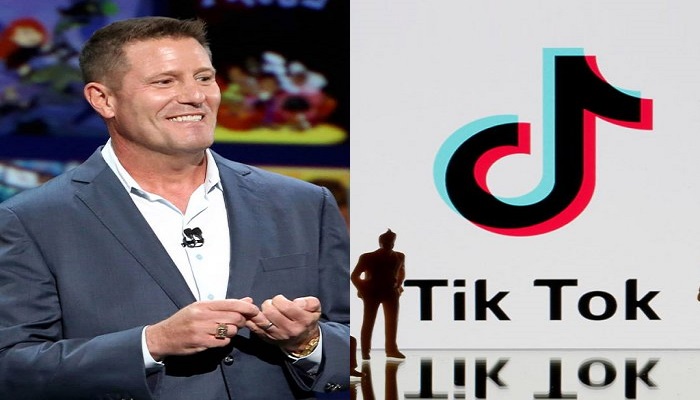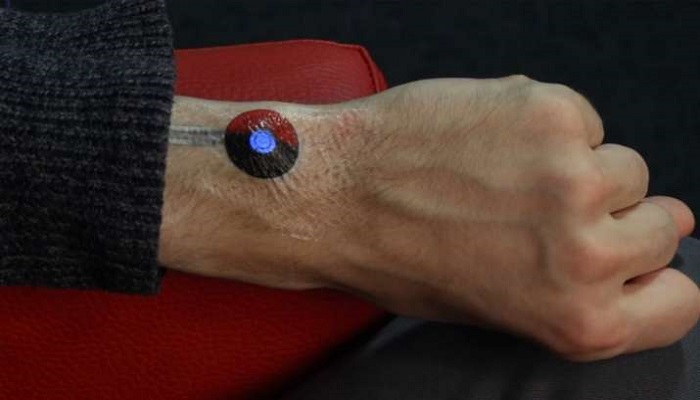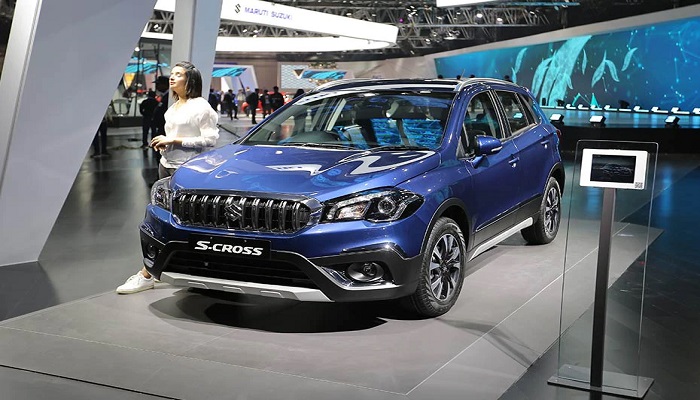Hey West Coast beer lovers, it’s pronounced YING-ling.
D.G. Yuengling and Son, America’s oldest operating brewer, is sending some cold ones your way for the first time since it began making beer in 1829.
The brewery, about two hours northwest of Philadelphia, announced a joint venture with Molson Coors on Tuesday to break out beyond its traditional 22-state distribution area in the East.
Raising beers to toast the new partnership with the Pennsylvania brewer, Molson Coors CEO Gavin Hattersley said, Were going to make a whole lot of Yuengling fans out West really happy.
The family-owned brewery known for its cheap German-style lager will remain independent. A six-member board of directors three from Yuengling and three from Molson Coors Beverage Co. will oversee Yuenglings expansion starting in the second half of 2021.
Yuengling has two breweries in Pennsylvania and one in Florida. Molson Coors, the nations second-largest brewer, has seven primary breweries and six craft breweries.
The partnership gives Molson Coors a popular brand at a time when beer sales have gone flat. Beer sales fell 2% in the U.S. last year, with canned cocktails and hard seltzers gaining popularity, according to the Brewers Association, a trade group.
The companies said they will announce in a few months which western states will get Yuengling first.
Jennifer Yuengling, vice president of operations and a sixth generation brewer, said the companies have talked of partnering for some time, and the time is right.
Disclaimer: This post has been auto-published from an agency feed without any modifications to the text and has not been reviewed by an editor




































































 True Size of Prehistoric Mega-Shark Finally Revealed
True Size of Prehistoric Mega-Shark Finally Revealed Researchers Discover a Specific Brain Circuit Damaged by Social Isolation During Childhood
Researchers Discover a Specific Brain Circuit Damaged by Social Isolation During Childhood High-Fidelity Record of Earth's Climate History Puts Current Changes in Context
High-Fidelity Record of Earth's Climate History Puts Current Changes in Context Has Earth's Oxygen Rusted the Moon for Billions of Years?
Has Earth's Oxygen Rusted the Moon for Billions of Years? Possible Marker of Life Spotted on Venus
Possible Marker of Life Spotted on Venus Meteorite Study Suggests Earth May Have Been Wet Since It Formed
Meteorite Study Suggests Earth May Have Been Wet Since It Formed Odors Produced by Soil Microbes Attract Red Fire Ants to Safer Nest Sites
Odors Produced by Soil Microbes Attract Red Fire Ants to Safer Nest Sites How Coronavirus Took Hold in North America and in Europe
How Coronavirus Took Hold in North America and in Europe Unconscious Learning Underlies Belief in God, Study Suggests
Unconscious Learning Underlies Belief in God, Study Suggests Got Fatigue? Study Further Pinpoints Brain Regions That May Control It
Got Fatigue? Study Further Pinpoints Brain Regions That May Control It